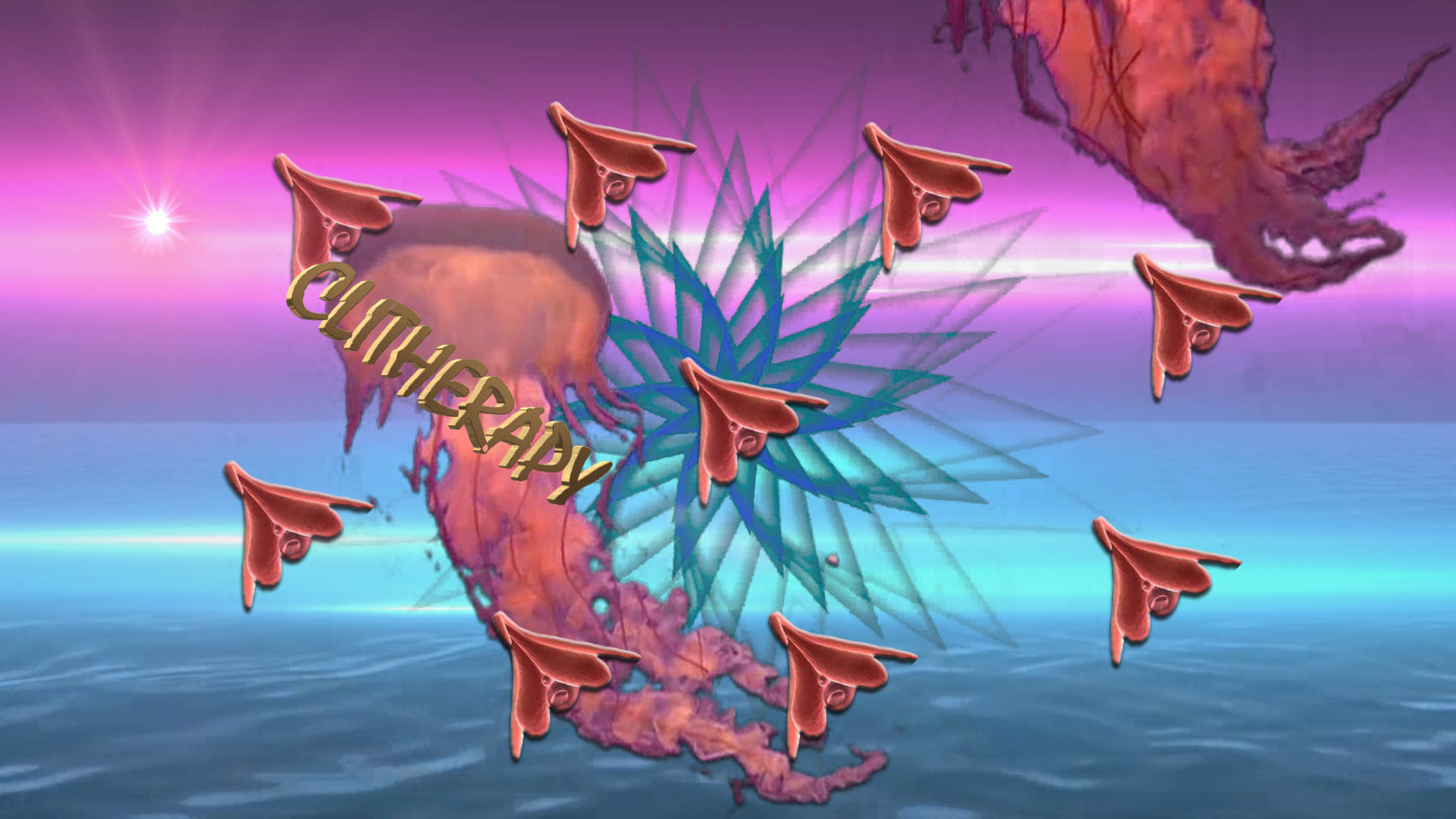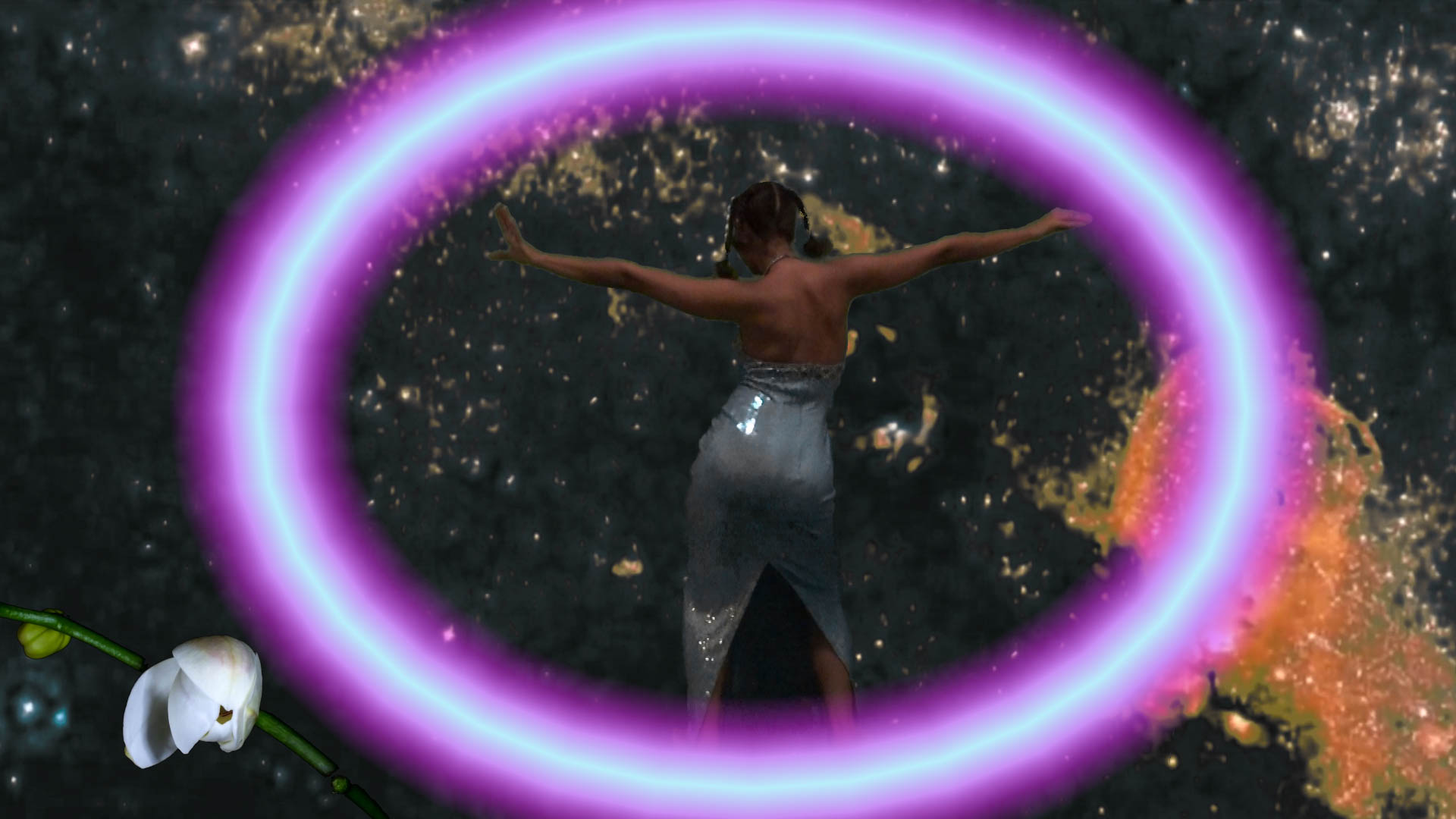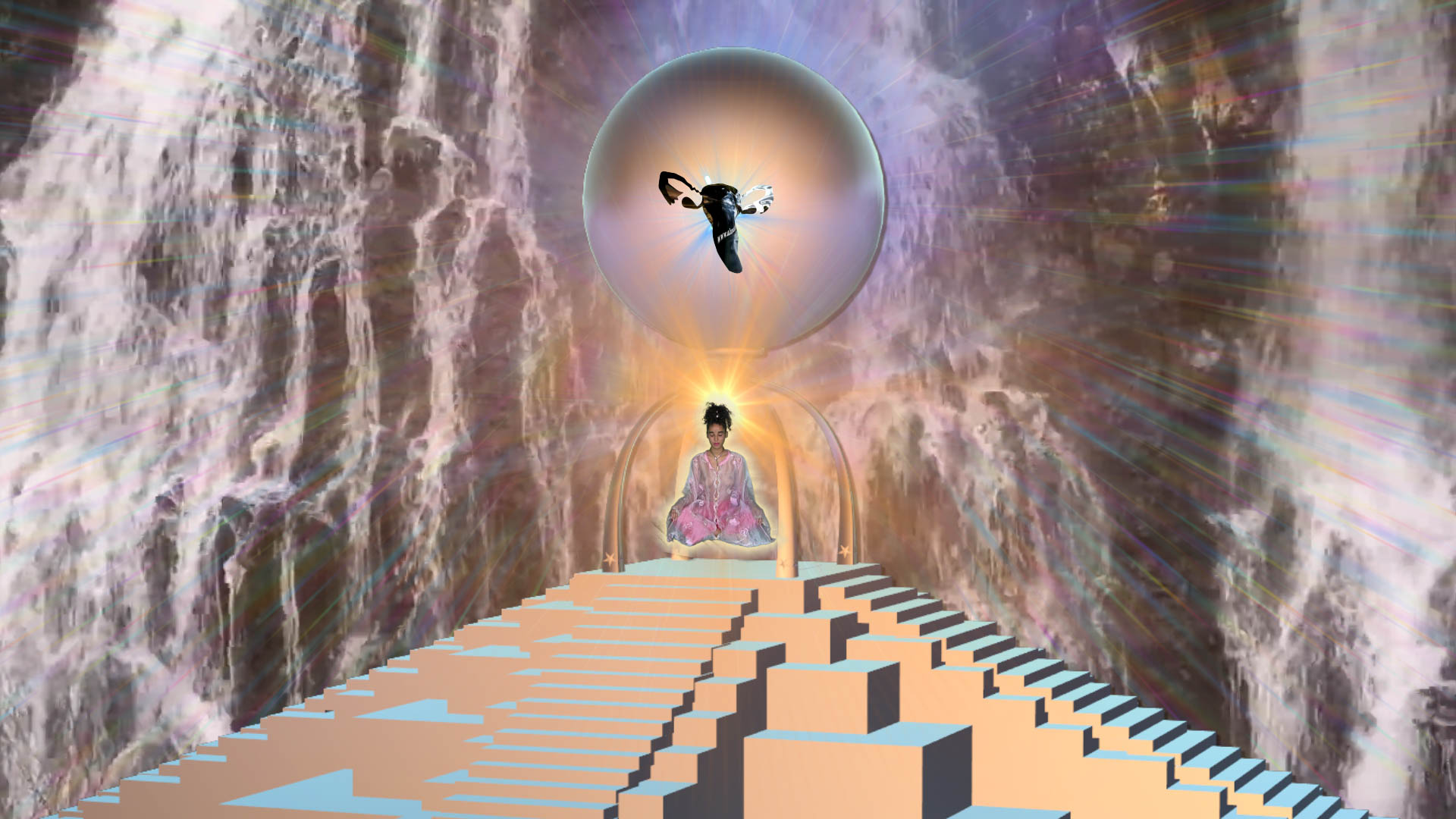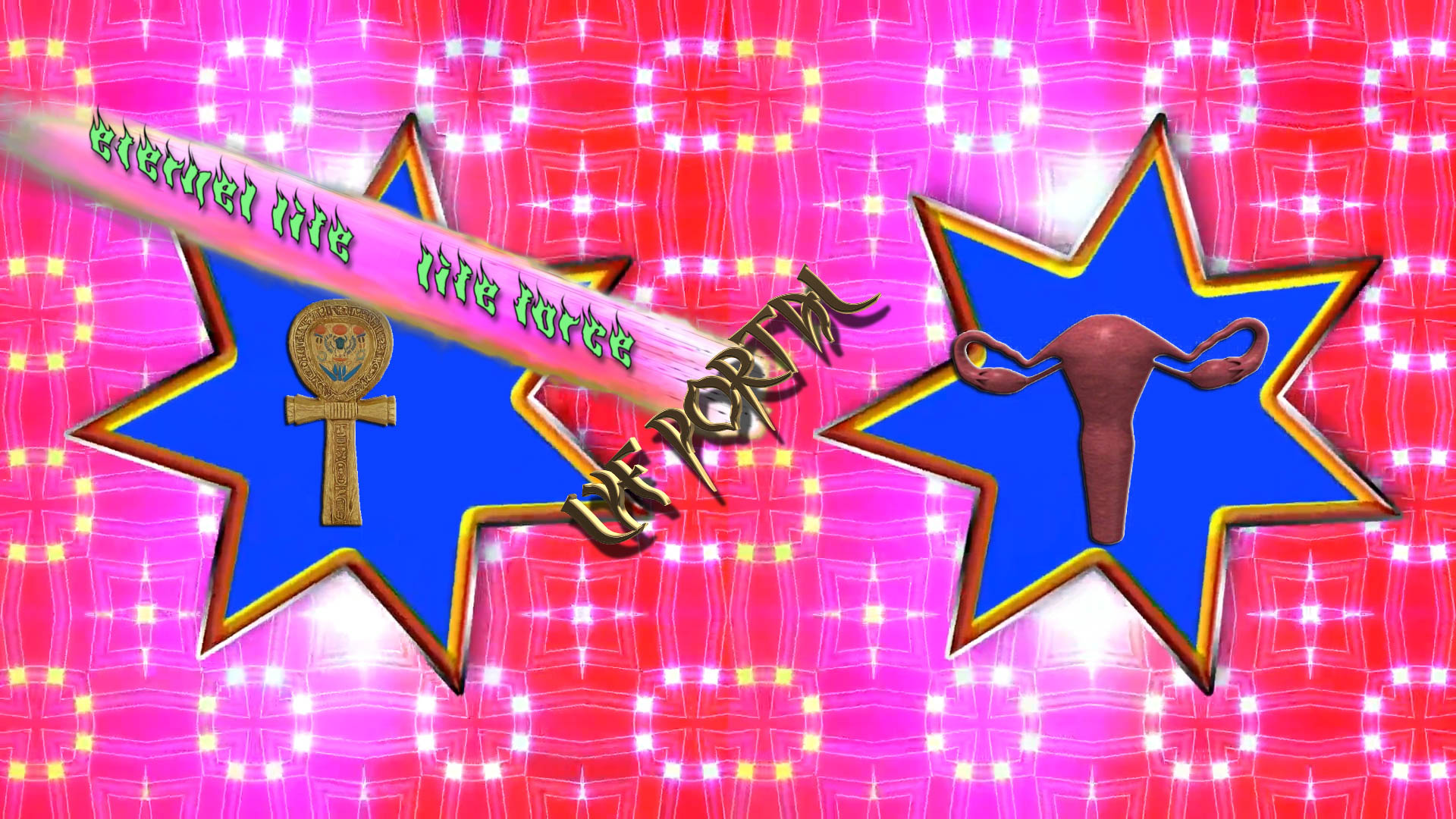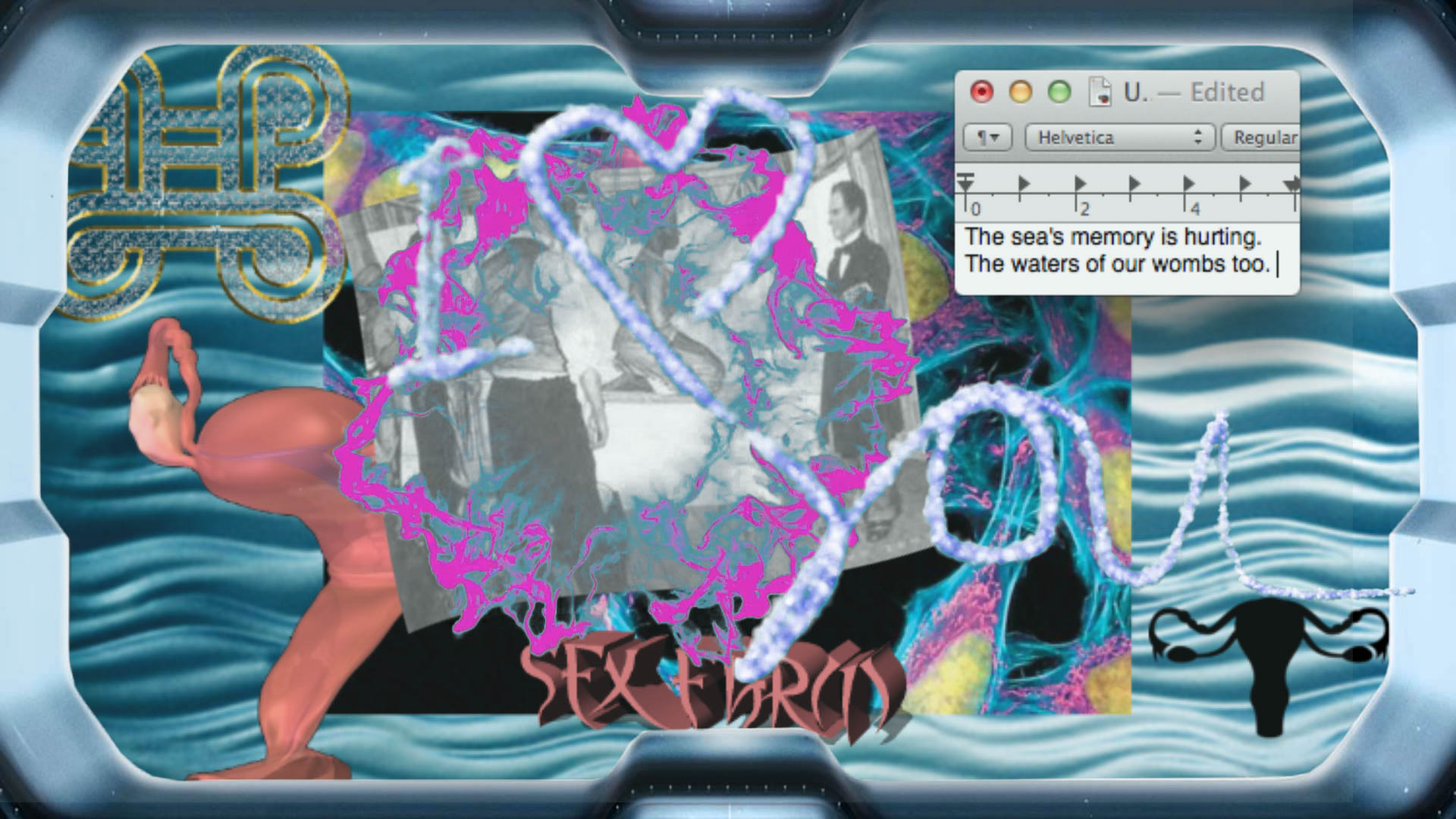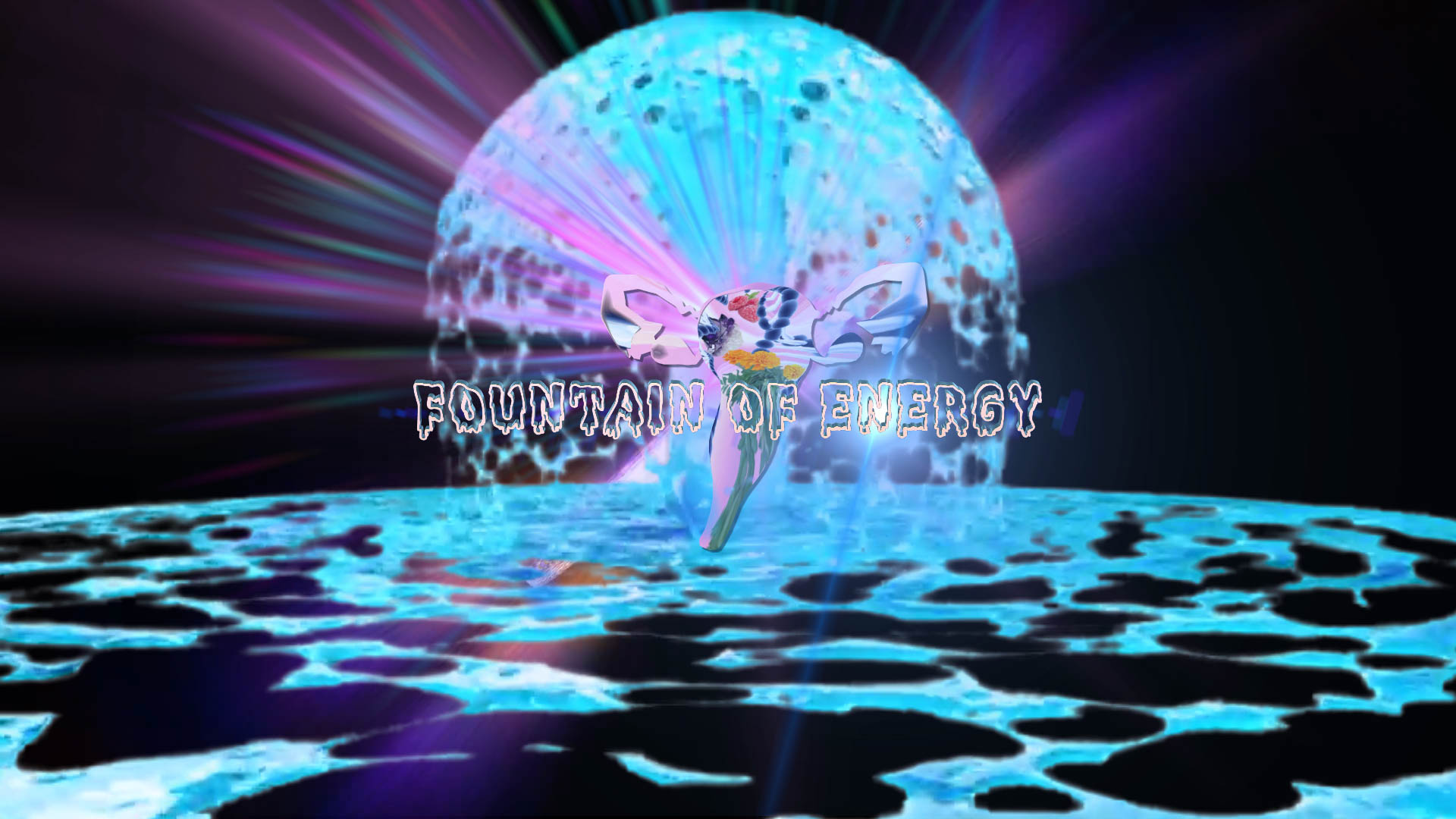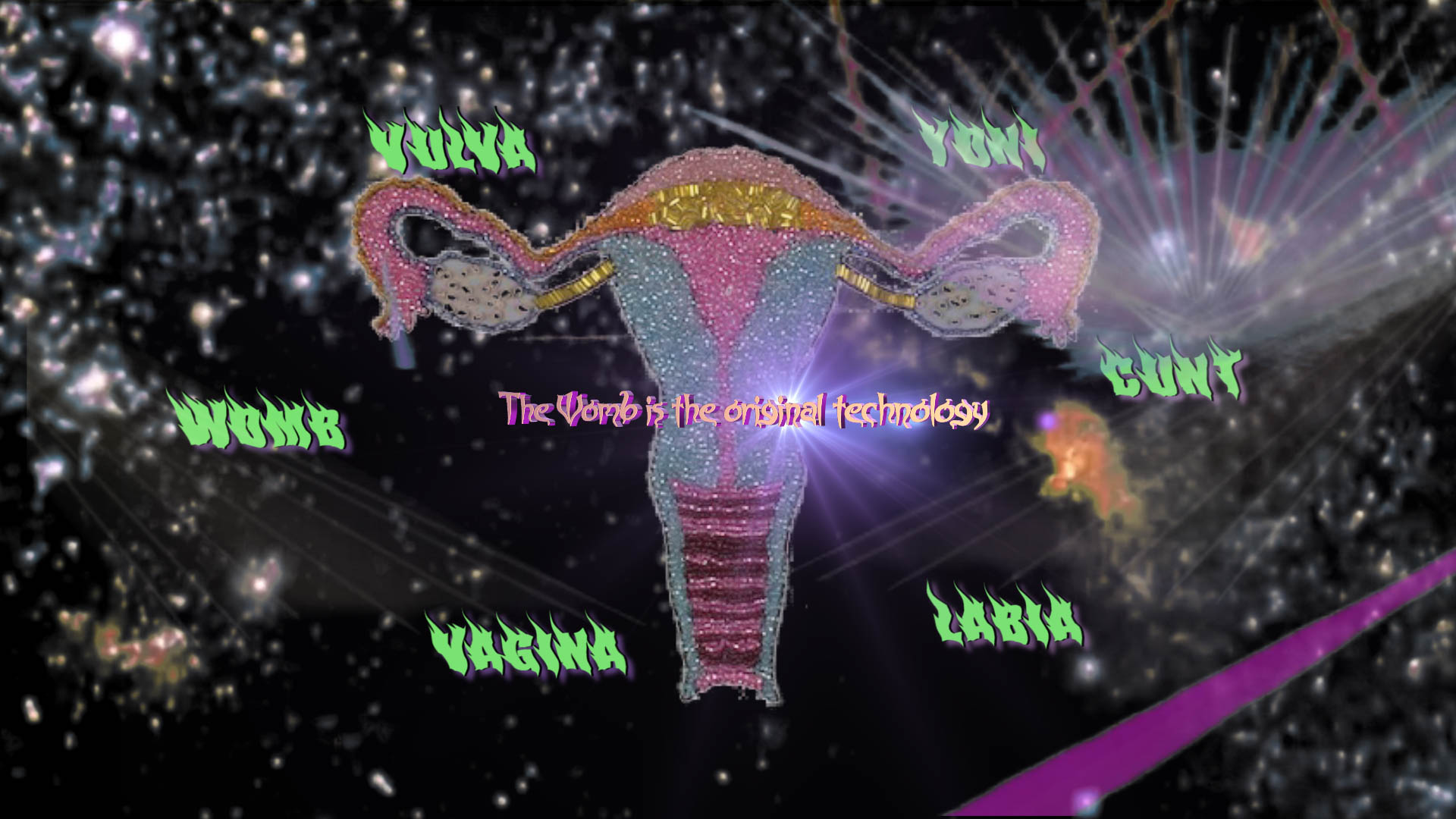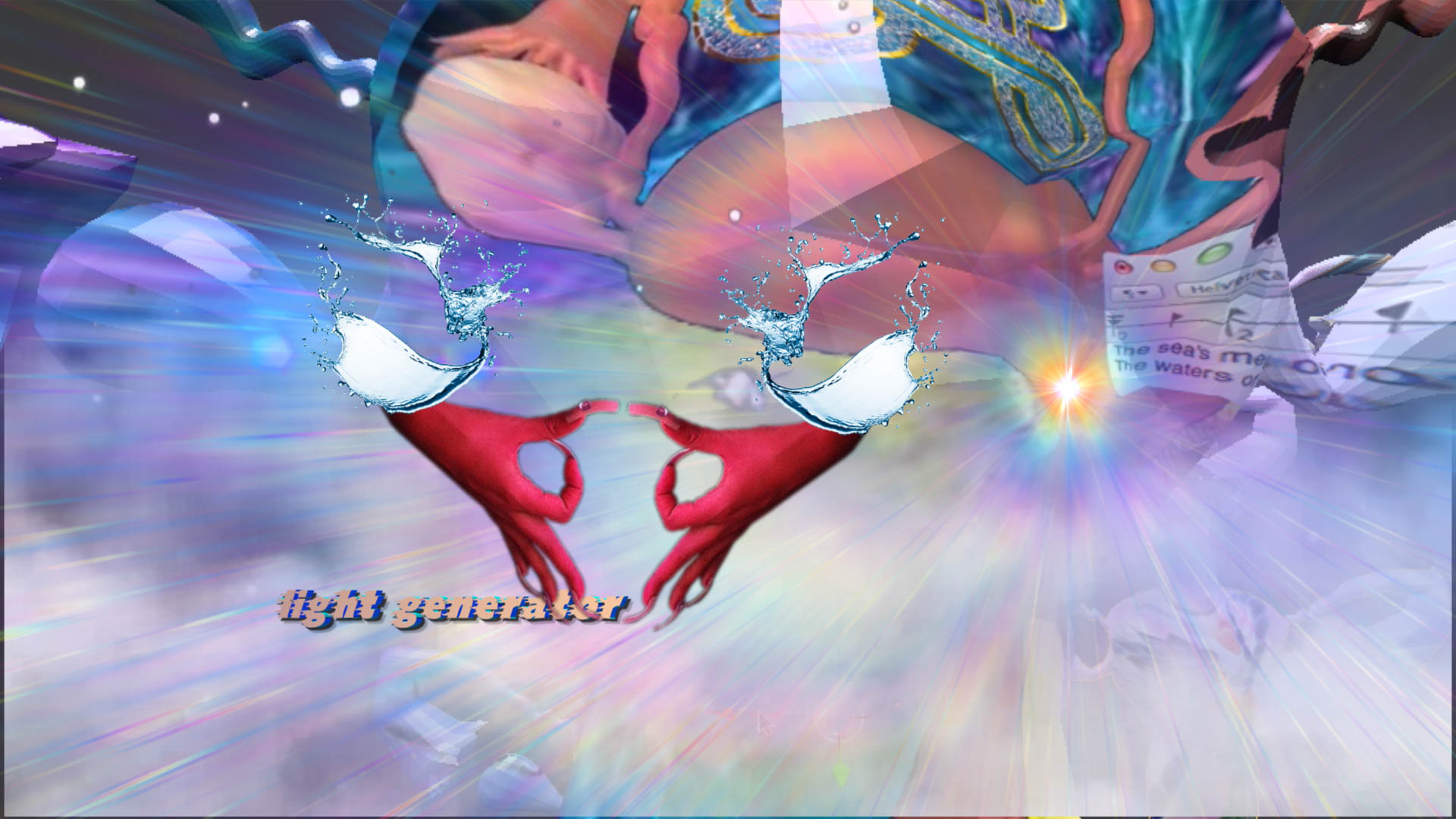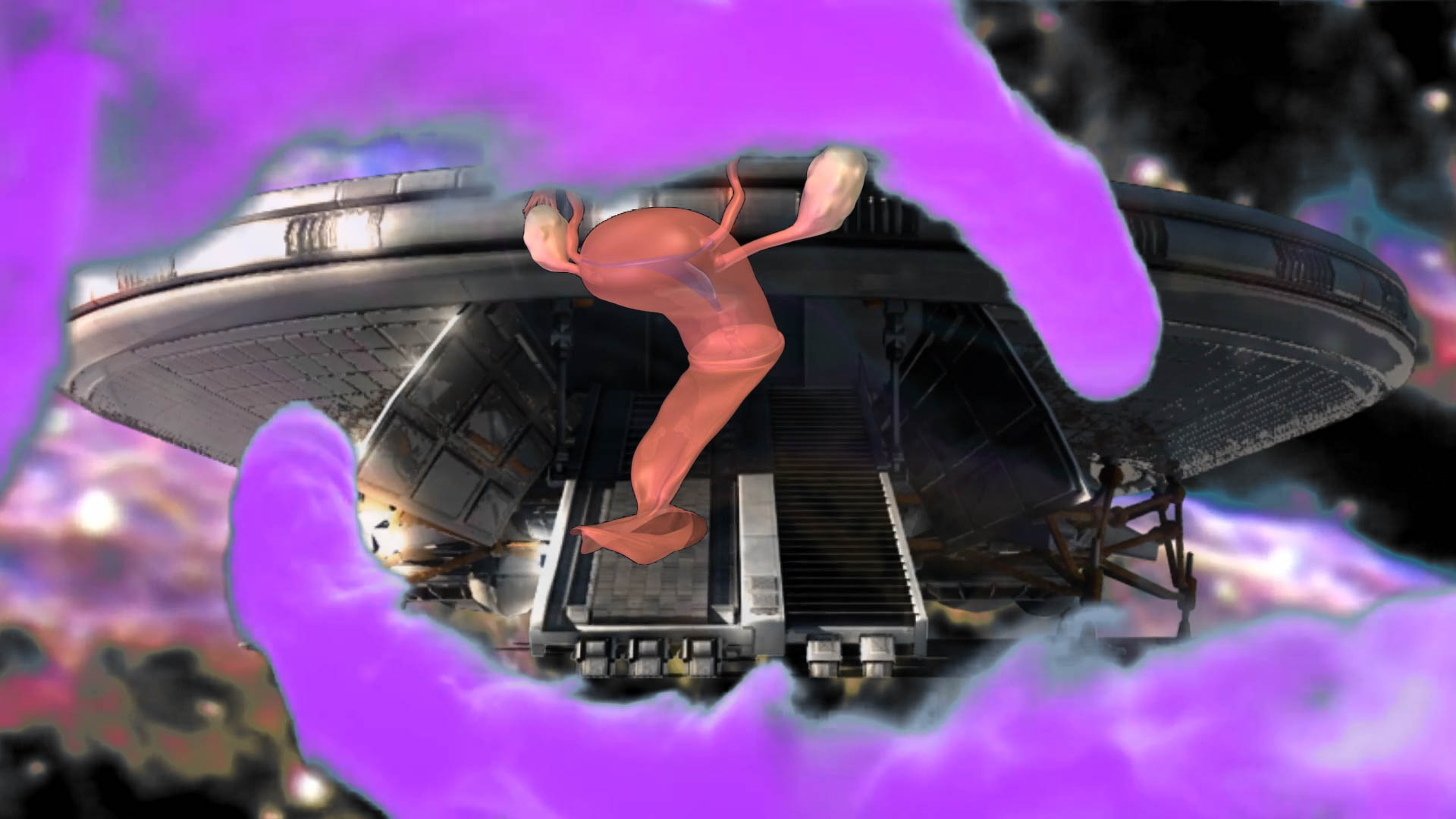12th Moon: 🌍 Glo-ballism 🔥 (127)
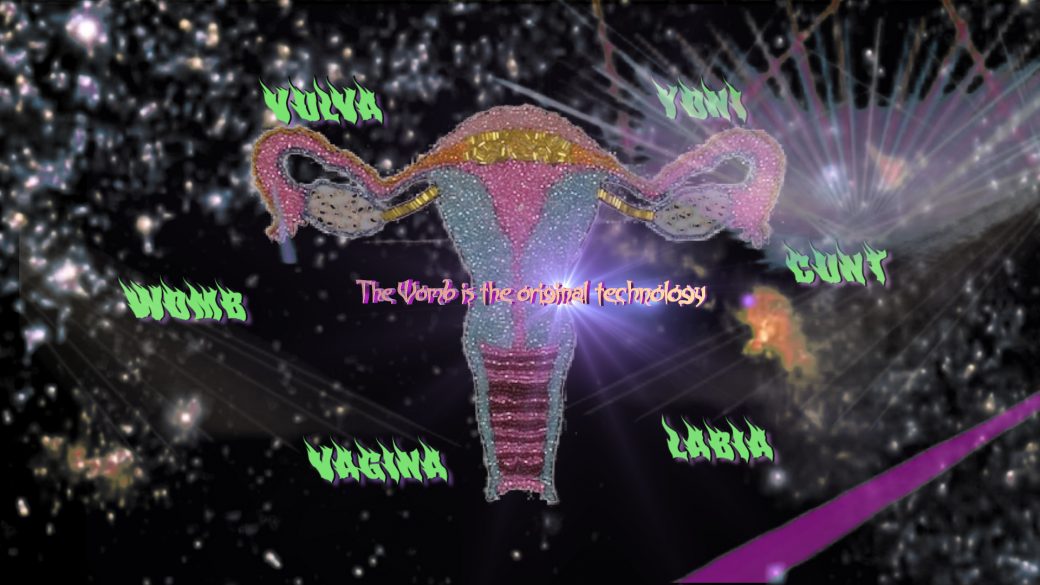
The 12th and final iteration of the programme 12 Moons is dedicated to Gaia, Earth, Dunia, Terra, Akna. To the extraordinary planet moving in, with, alongside and without the human.
The five films presented in Moon 12: 🌍 Glo-ballism🔥 span an intergenerational group of filmmakers who have queered their pasts, presents and futures – and ours, as viewers – within the scope of their video, digital and film works spanning from 1973-2017.
The film programme features Kajsa Dahlberg, Barbara Hammer, Wanuri Kahiu, Stanya Kahn and Tabita Rezaire. As the human teeters on the brink of it’s own extinction, images and narratives allow us to take account of how, when and where we can claim sensuality and liberation inside of phobic, racist, heterosexist, financialized, crapitalized, patriarchal and omnicidal institutional structures, paradigms and belief systems. What exactly are these things called 'consciousness' and 'knowledge' that we assign to our species – do we possess them, can we hold them, will they act upon us? From a varied array of geopolitical perspectives, these works perform the magic of framing utopias, dystopias, hyperrealities, hyperobjects and Afrofutures. With this selection of films, we might ask, “Is there anything outside of queer?”
You can't 'reason' your way to the land of the living by using the very same death logic-language specifically weaponized to strangle our perceptual and imaginative abilities. No, my friend, intuition must be your trusty steed in the quest for soul.
- Laurie Weeks for Ridykeulous, “Letter to the Hungry and Power-Hungry”, 2015
A.L. Steiner uses constructs of photography, video, installation, collage, collaboration, performance, writing and curatorial work as seductive metaphors guided by the sensibility of a sceptical, queer, ecofeminist androgyny. Steiner is co-curator of Ridykeulous, co-founder of Working Artists and the Greater Economy (W.A.G.E.) and collaborates with numerous writers, performers, designers, activists and artists. She is a lecturer at Yale University's School of Art and her work is included in the permanent collections of museums such as the Los Angeles Museum of Contemporary Art, the Hammer Museum and the Museum of Modern Art.
The films in the 12th programme:
Stand in the Stream by Stanya Kahn
USA, 2011-2017, 58 Min., English
Stand in the Stream is a fast-paced digital ambient film about life, death, the entanglement of the personal with the political, and the primacy of the image. Spanning the arc of a mother's ageing and death amidst shifting political circumstances and digital landscapes, the film was shot over the course of six years using different camera formats to reflect our screen-saturated contemporary perspectives. Sound and music become physical to move the images. Stand in the Stream lives in the home, in the wilderness, in online chat rooms and on the street. From the birth of a child to the onset of dementia, from Tahrir Square to Standing Rock and Trump's inauguration, Stand in the Stream is an urgent contemporary ode and story for the people.

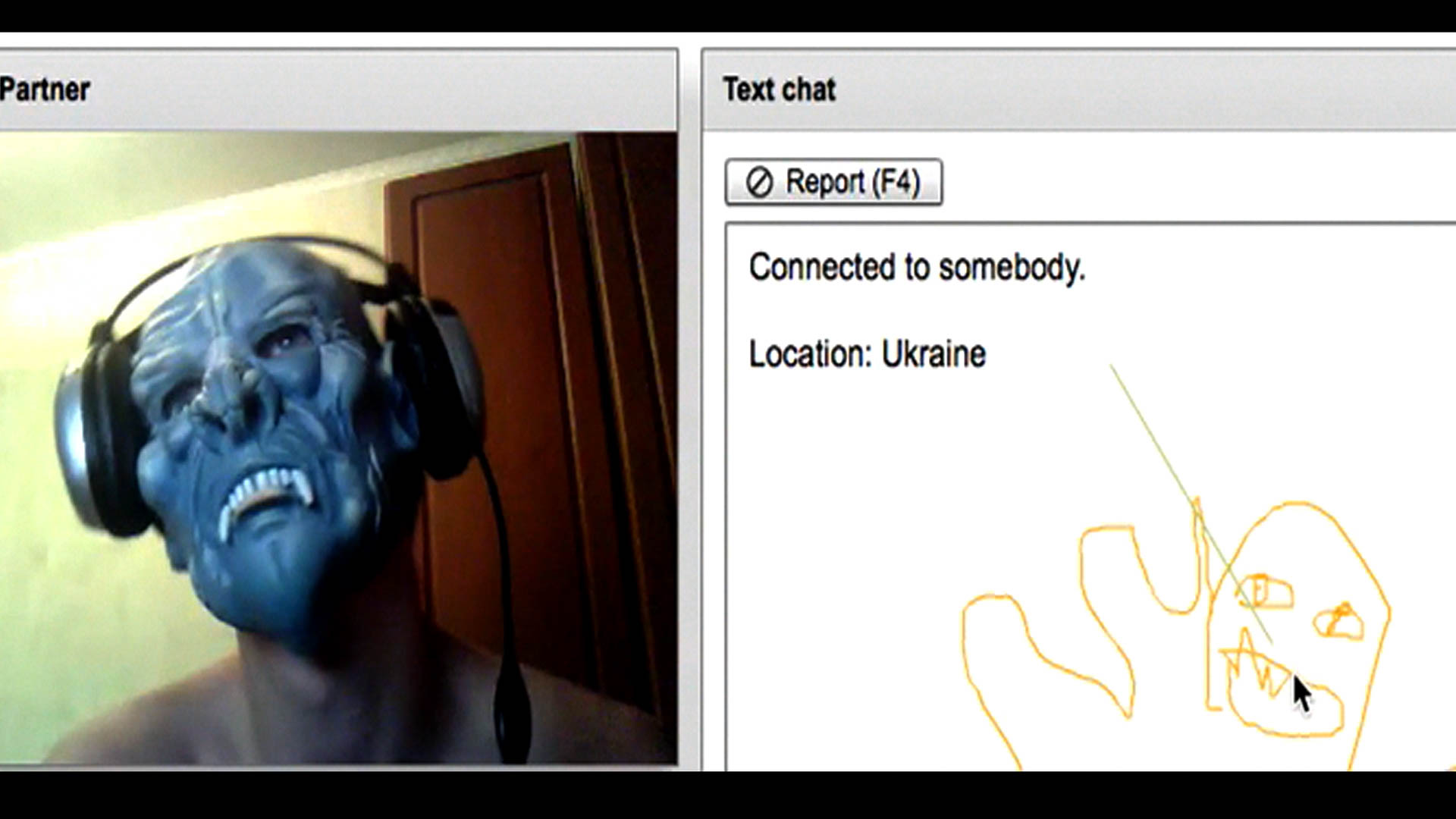

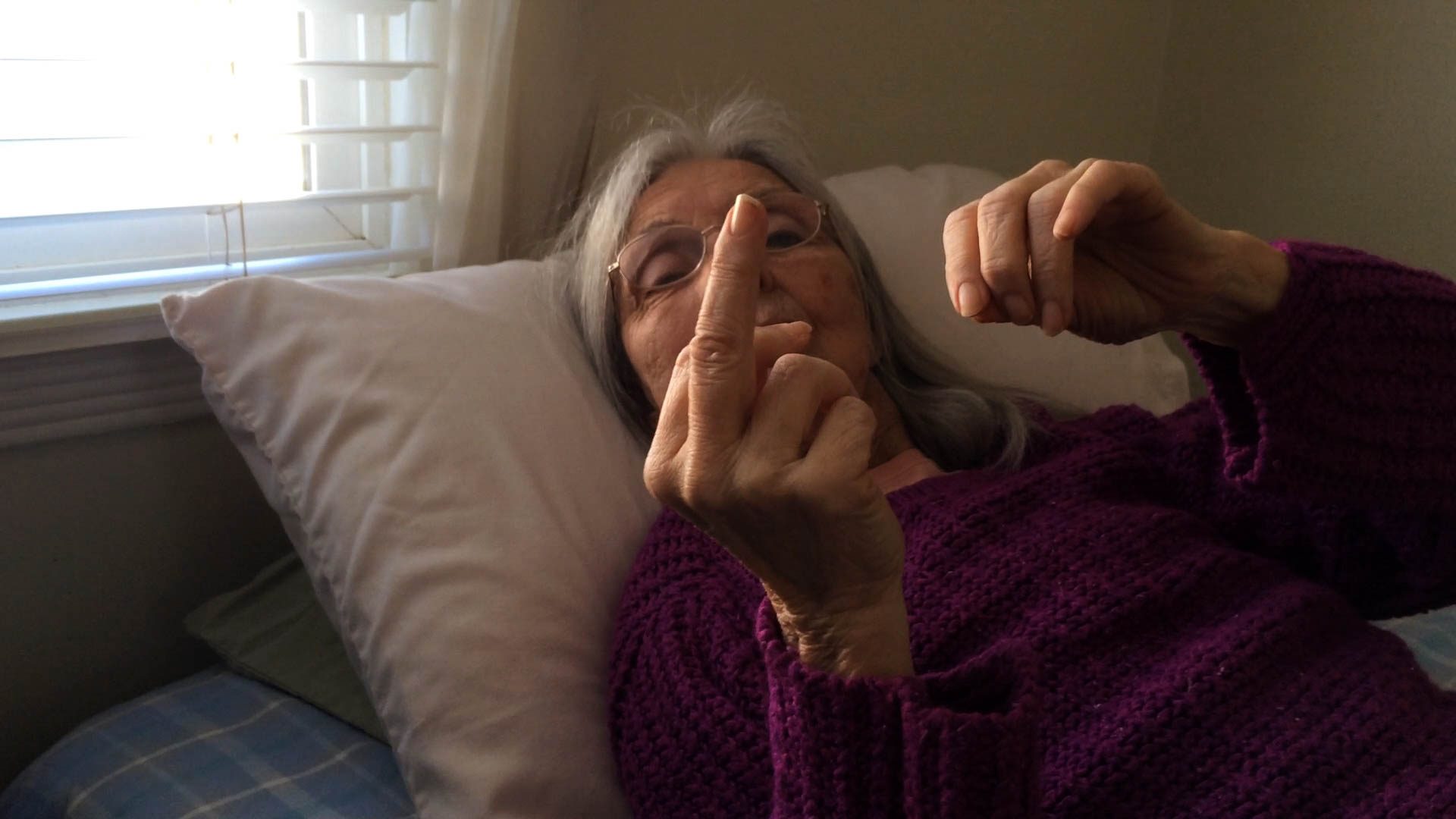
Sisters! by Barbara Hammer
USA, 1973, 8 Min., English
Combining what may be the only footage from the first International Women's Day march in San Francisco and rare footage from the second National Lesbian Conference at UCLA, Sisters! is a joyous and crucial milestone in feminist, queer and lesbian filmmaking.
The credits, carved into the film's emulsion, carry the name "Agressa," the pseudonym under which Barbara Hammer made some of her earliest films. "It's about women taking over the world: women driving trucks, changing Volkswagen engines and leading the police in new revolutions! It also includes shots of women topless, dancing, sweating, - with babies on their shoulders! - to the music of the band Family of Woman at the second National Lesbian Conference held at UCLA, where Audre Lorde and Kate Millett spoke." - Barbara Hammer
Preserved by BB Optics and the Academy Film Archive. The preservation of this film was made possible by grants from the Women's Film Preservation Fund. Courtesy of Barbara Hammer and Electronic Arts Intermix (EAI), New York.
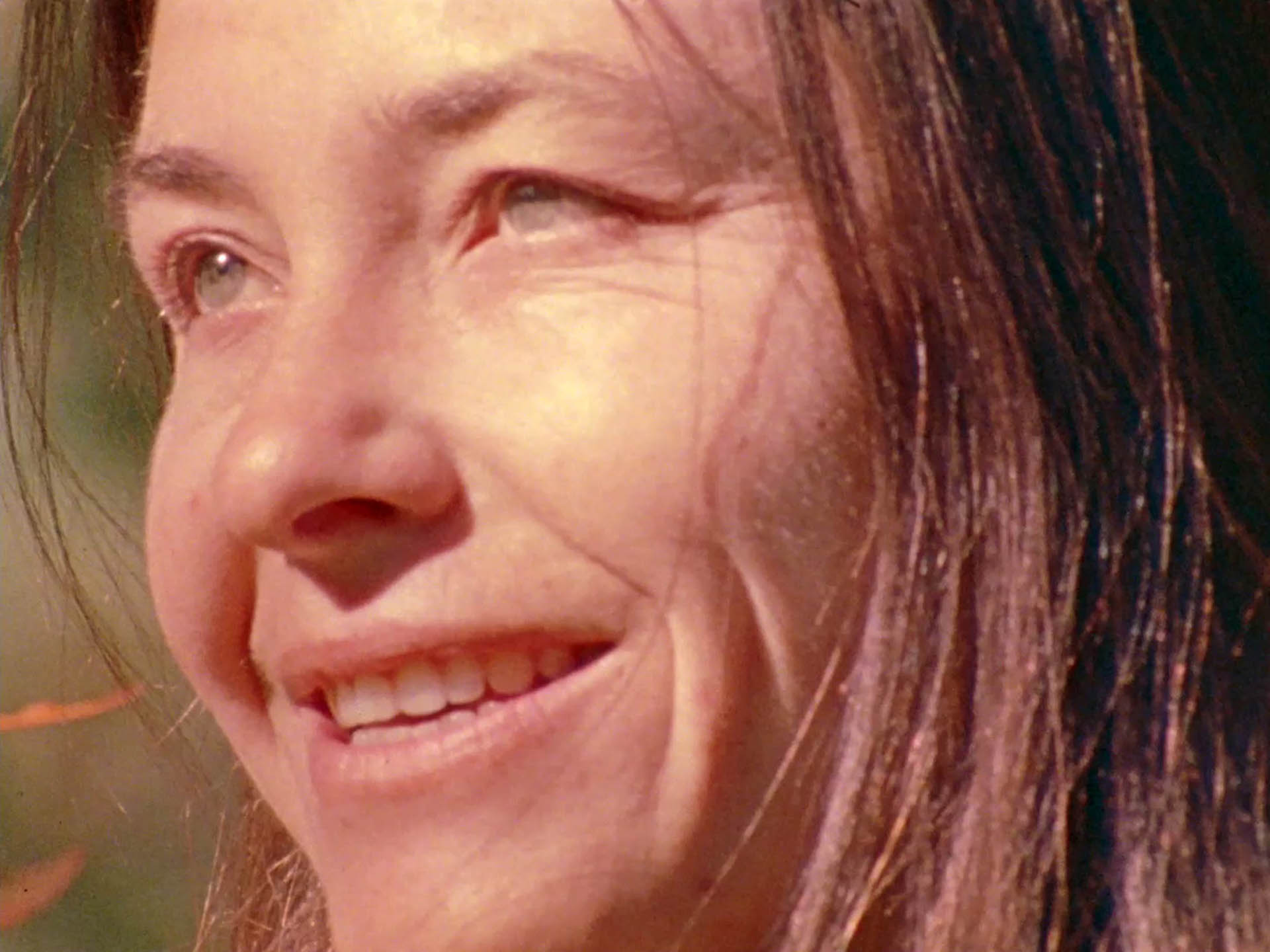
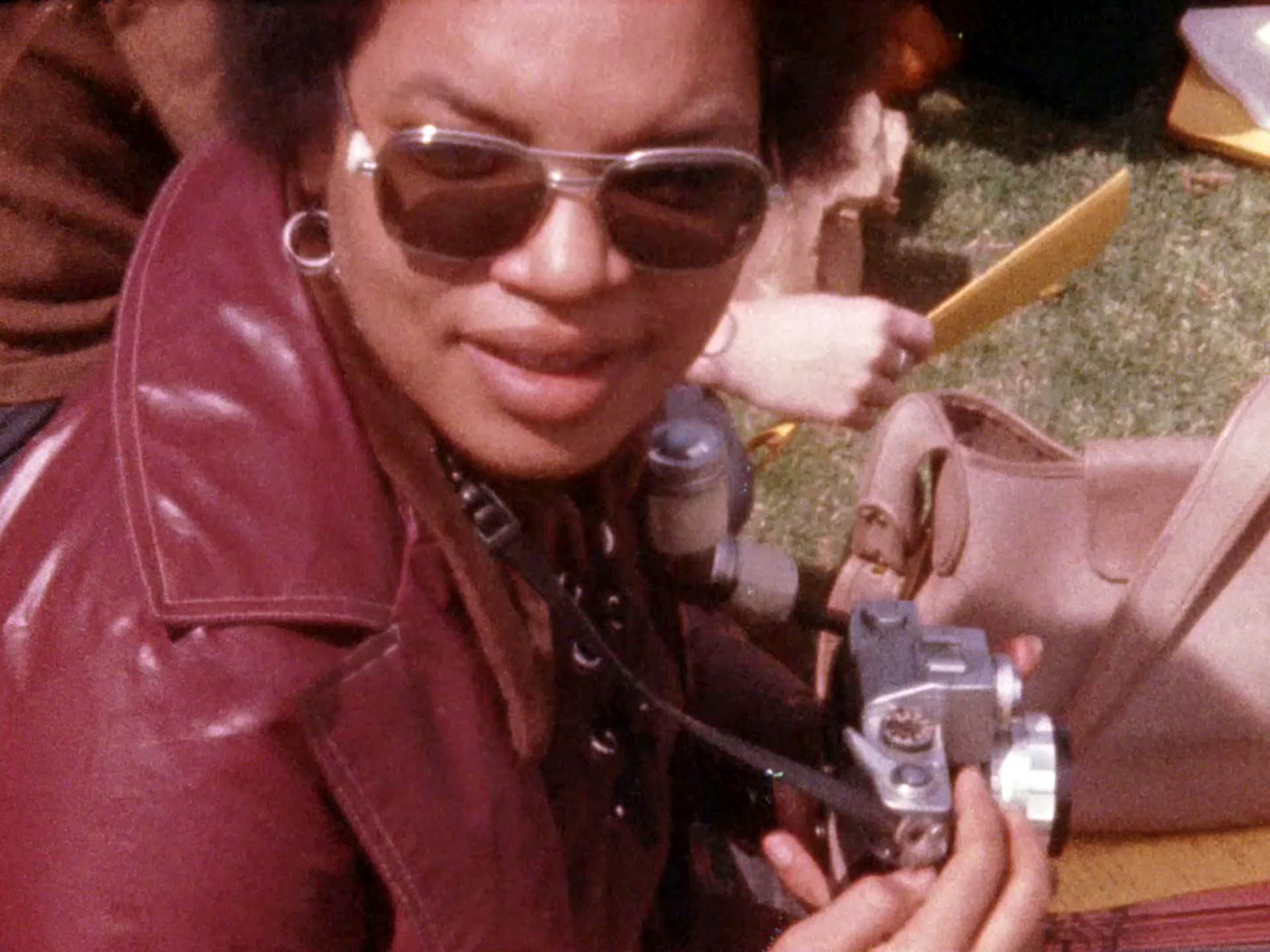
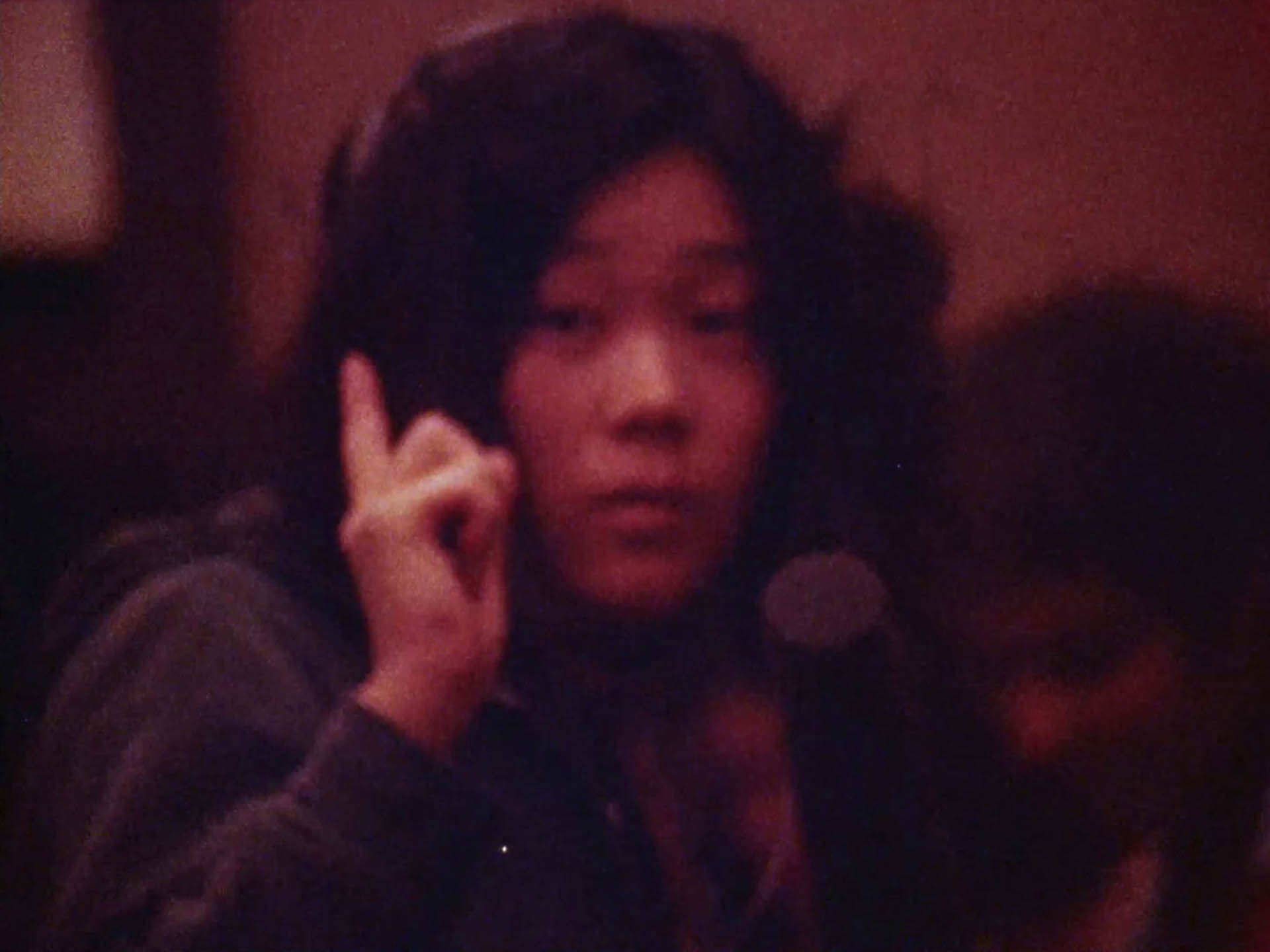
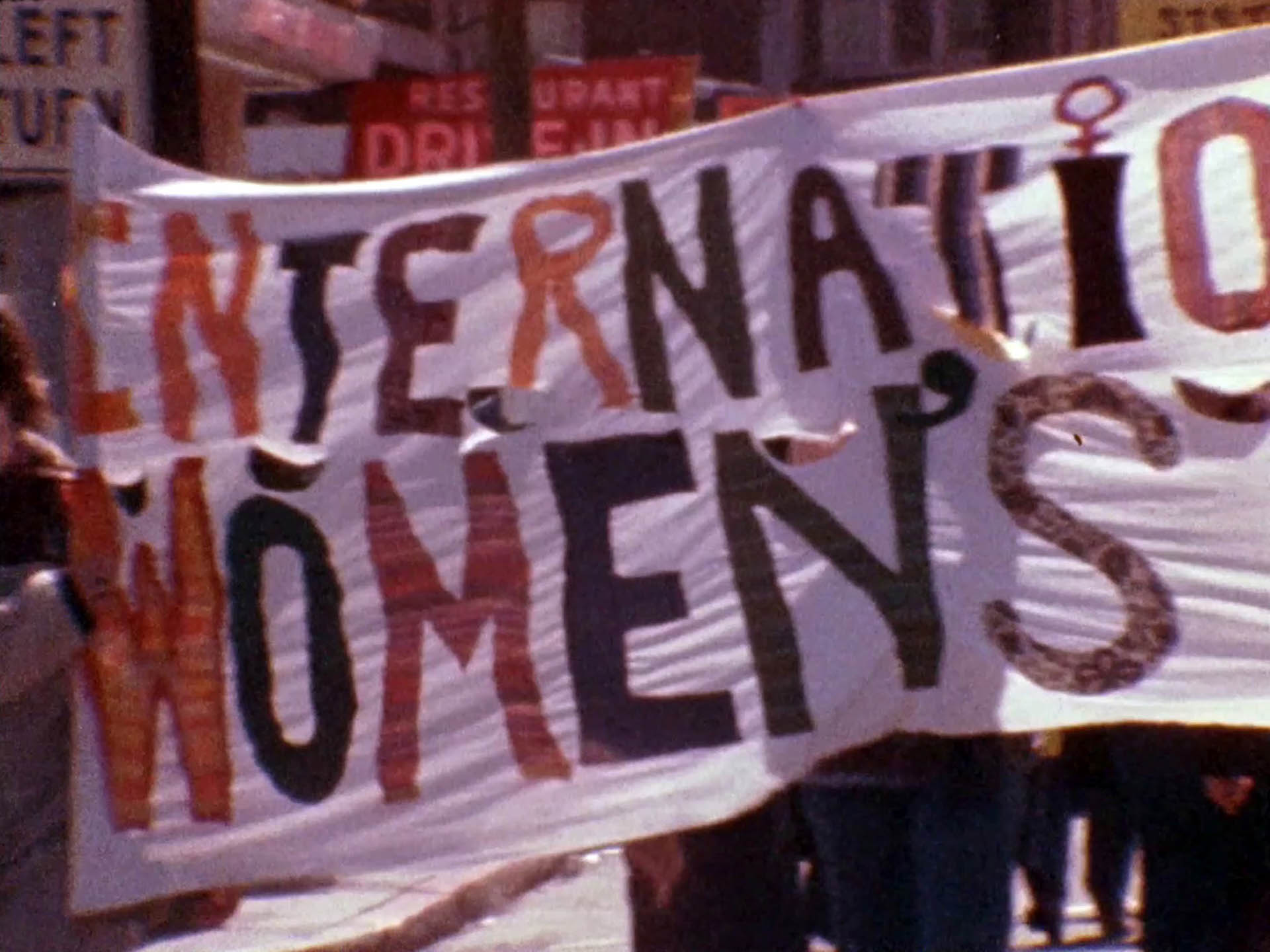
Pumzi by Wanuri Kahiu
Kenia, 2009, 21 Min., English
A sci-fi film about futuristic Africa, 35 years after the Third World War, the "Water War". Nature is extinct, the outside world dead. Asha lives and works as a museum curator in one of the indoor communities set up by the Maitu Council. When she receives a box full of soil in the mail, she plants an old seed in it, which immediately begins to germinate. Asha asks the council to grant her permission to search for possible life in the outside world, but the council denies her an exit visa. Asha breaks out of the indoor community to plant the seedling in the dead and decaying outside world and possibly find life out there.
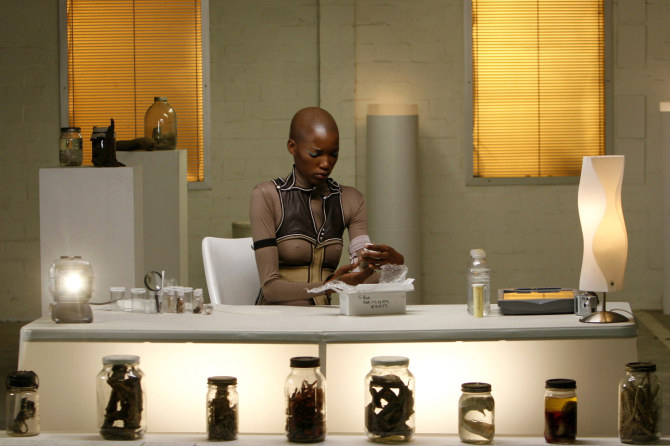
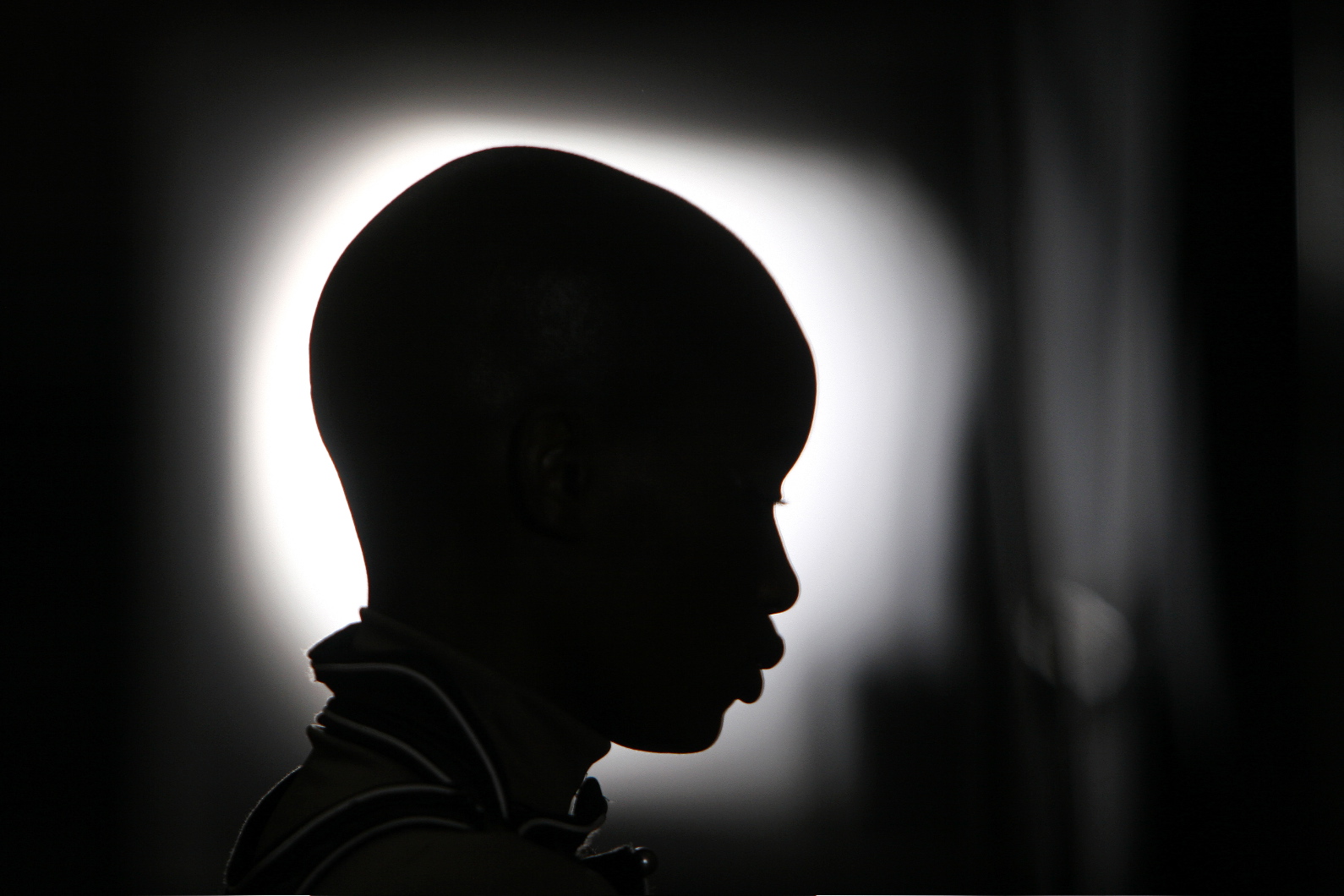
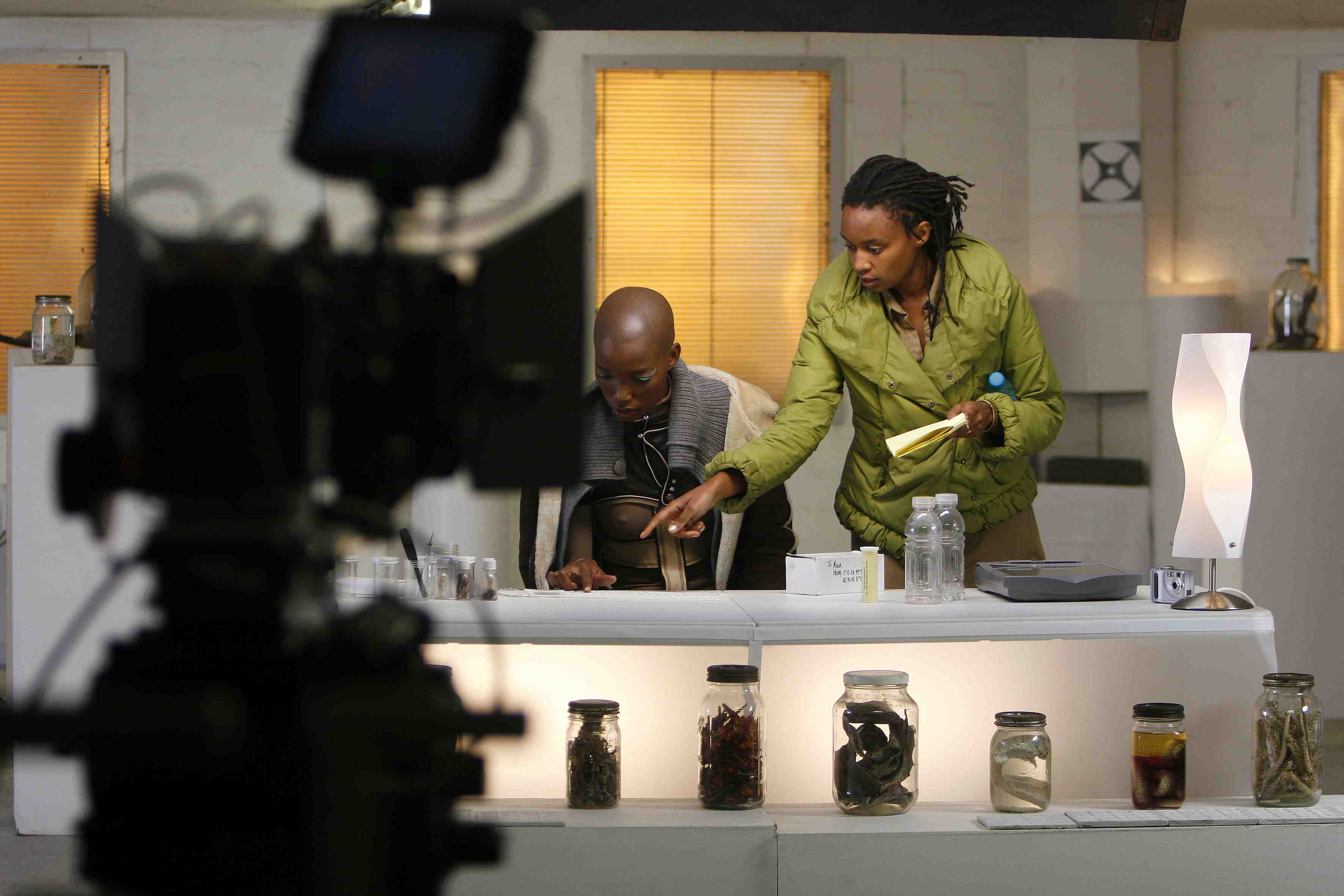
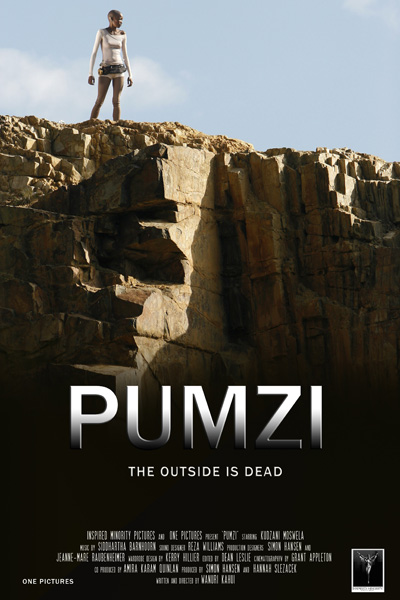
Female Fist by Kajsa Dahlberg
Schweden, 2005, 20 Min., Swedish with English subtitles
Referring to groups such as the Zapatistas, the writers' collective Wu Ming, the illusionist identity of Luther Blissett, and many other collective and/or clandestine groups that mask their faces in order to become politically visible, the video consists of an interview with an activist from the Copenhagen queer feminist community. Recorded with the lens cap remaining on the camera, the interviewee first describes the process of making a porn film in the lesbian activist community. This porn film project was an attempt to produce "queer" representations of sexuality and was to be distributed among women* in a "system of trust" with the restriction that it could not be shown to any man. About halfway through the video, she then talks more generally about creating separatist spaces and about the possibilities of being different in today's society. The video begins and ends with a muted scene of a public square in Copenhagen.
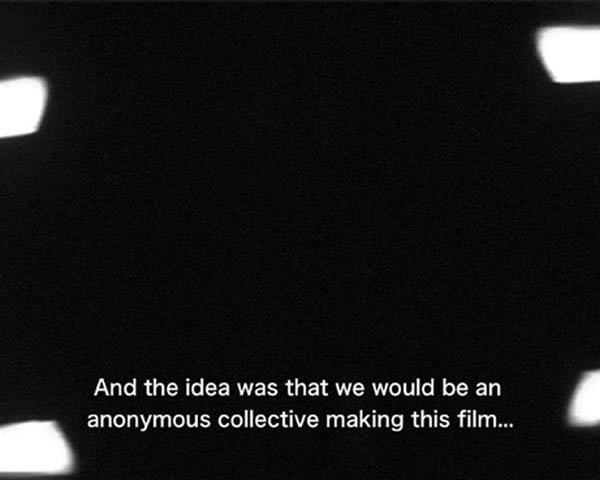
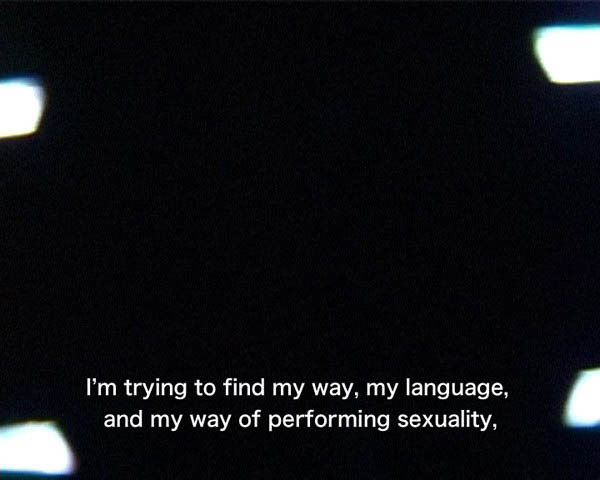
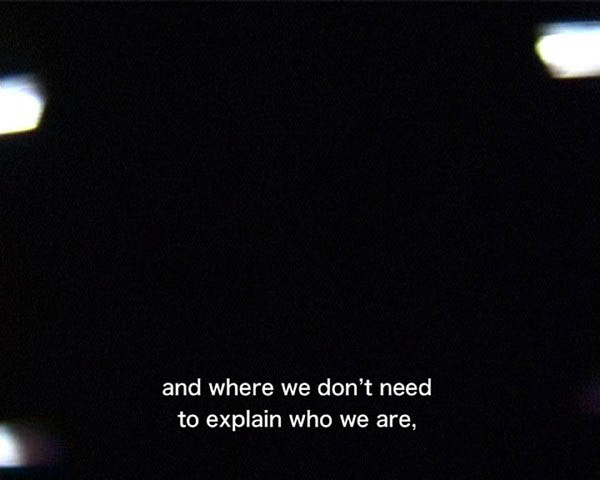
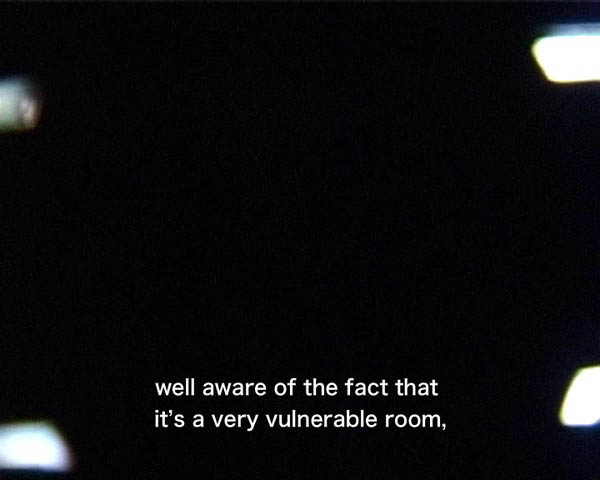
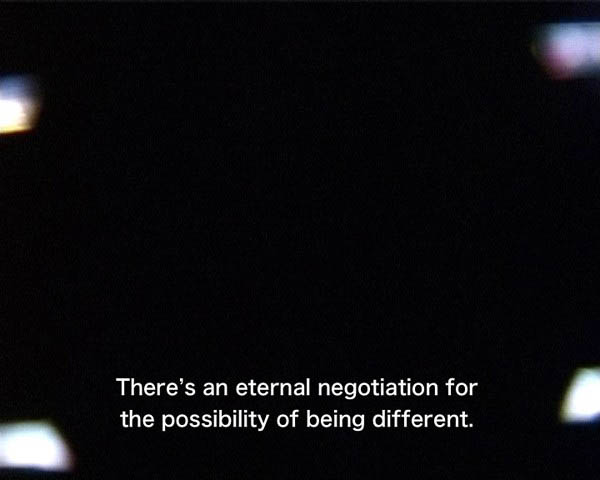

Sugar Walls Teardom by Tabita Rezaire
South Afrika, 2016, 21 Min., English
Sugar Walls Teardom reveals the contribution of Black women's wombs to the advancement of modern medical science and technology. During slavery, the bodies of Black women were used and abused as raw material for arduous labour on plantations, in sexual slavery, reproductive exploitation and medical experimentation. Anarcha, Betsey and Lucy were among the captive guinea pigs of Dr Marion Sims - the so-called "father of modern gynaecology" - who tortured countless enslaved women in the name of science. Undeniably, the wombs of Black women were central to the biomedical economy, as we are reminded by the story of Henrietta Lacks, whose stolen cervical cells became the first immortal cells leading to medical breakthroughs. Biological warfare against Black women* is still prevalent in today's pharmaceutical industry. Sugar Walls Teardom celebrates womb technology through an account of the violent politics of anatomy and pays tribute to these wombs, their contribution to it not forgotten.

